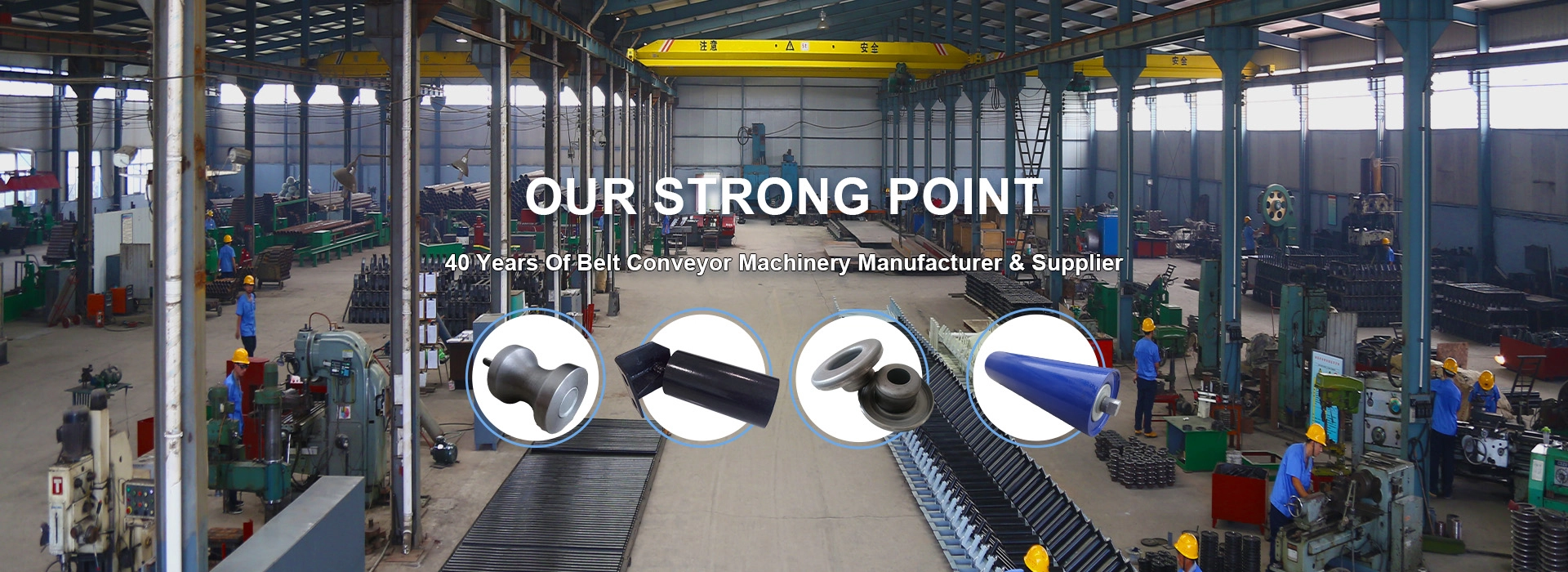 Afrikaans
Afrikaans  Albanian
Albanian  Amharic
Amharic  Arabic
Arabic  Armenian
Armenian  Azerbaijani
Azerbaijani  Basque
Basque  Belarusian
Belarusian  Bengali
Bengali  Bosnian
Bosnian  Bulgarian
Bulgarian  Catalan
Catalan  Cebuano
Cebuano  Corsican
Corsican  Croatian
Croatian  Czech
Czech  Danish
Danish  Dutch
Dutch  English
English  Esperanto
Esperanto  Estonian
Estonian  Finnish
Finnish  French
French  Frisian
Frisian  Galician
Galician  Georgian
Georgian  German
German  Greek
Greek  Gujarati
Gujarati  Haitian Creole
Haitian Creole  hausa
hausa  hawaiian
hawaiian  Hebrew
Hebrew  Hindi
Hindi  Miao
Miao  Hungarian
Hungarian  Icelandic
Icelandic  igbo
igbo  Indonesian
Indonesian  irish
irish  Italian
Italian  Japanese
Japanese  Javanese
Javanese  Kannada
Kannada  kazakh
kazakh  Khmer
Khmer  Rwandese
Rwandese  Korean
Korean  Kurdish
Kurdish  Kyrgyz
Kyrgyz  Lao
Lao  Latin
Latin  Latvian
Latvian  Lithuanian
Lithuanian  Luxembourgish
Luxembourgish  Macedonian
Macedonian  Malgashi
Malgashi  Malay
Malay  Malayalam
Malayalam  Maltese
Maltese  Maori
Maori  Marathi
Marathi  Mongolian
Mongolian  Myanmar
Myanmar  Nepali
Nepali  Norwegian
Norwegian  Norwegian
Norwegian  Occitan
Occitan  Pashto
Pashto  Persian
Persian  Polish
Polish  Portuguese
Portuguese  Punjabi
Punjabi  Romanian
Romanian  Russian
Russian  Samoan
Samoan  Scottish Gaelic
Scottish Gaelic  Serbian
Serbian  Sesotho
Sesotho  Shona
Shona  Sindhi
Sindhi  Sinhala
Sinhala  Slovak
Slovak  Slovenian
Slovenian  Somali
Somali  Spanish
Spanish  Sundanese
Sundanese  Swahili
Swahili  Swedish
Swedish  Tagalog
Tagalog  Tajik
Tajik  Tamil
Tamil  Tatar
Tatar  Telugu
Telugu  Thai
Thai  Turkish
Turkish  Turkmen
Turkmen  Ukrainian
Ukrainian  Urdu
Urdu  Uighur
Uighur  Uzbek
Uzbek  Vietnamese
Vietnamese  Welsh
Welsh  Bantu
Bantu  Yiddish
Yiddish  Yoruba
Yoruba  Zulu
Zulu belt conveyor roller
The Essential Role of Belt Conveyor Rollers in Material Handling
Belt conveyors are one of the most efficient and widely used systems in the field of material handling. They are crucial in various industries including manufacturing, warehousing, logistics, and mining. At the heart of every belt conveyor system lies an integral component known as the belt conveyor roller. These rollers not only provide support to the conveyor belt but also play a significant role in facilitating the movement of materials.
A belt conveyor roller is designed to support the weight of the conveyor belt and the materials being transported. Typically made from materials such as steel, aluminum, or plastic, these rollers come in various sizes, shapes, and configurations to cater to different applications and environments. Their design is paramount to ensure they can withstand the operational stresses, including weight, speed, and environmental conditions.
Types of Belt Conveyor Rollers
There are several types of belt conveyor rollers, each serving a specific purpose. The most common types include
1. Idler Rollers These are used to support the conveyor belt and maintain its alignment. They do not drive the belt but are crucial for reducing friction and wear.
2. Drive Rollers These rollers are powered and directly responsible for moving the conveyor belt. They are typically larger and have a motor attached to them.
3. Return Rollers Positioned on the return side of the conveyor, these rollers help guide the conveyor belt back to the loading area. They ensure smooth movement and reduce friction on the belt's underside.
4. Impact Rollers Designed to absorb the impact of bulk material when it is loaded onto the conveyor belt, these rollers help prolong the life of both the belt and the conveyor system.
5. Training Rollers These are used to keep the belt centered on the conveyor line. They help prevent misalignment that can lead to excessive wear or damage.
belt conveyor roller

Importance of Quality and Maintenance
The quality of belt conveyor rollers is vital for the efficiency and reliability of the entire conveyor system. High-quality rollers minimize friction and wear, ensuring smooth operation and reducing the need for frequent maintenance. Regular inspections and maintenance of the rollers can help identify potential issues early on, preventing costly downtime and repairs.
Common maintenance practices include checking for wear and tear, lubricating bearings, and ensuring proper alignment. A well-maintained roller can last significantly longer, ultimately reducing operational costs and increasing productivity.
Technological Advances
Recent advancements in technology have led to the development of more efficient and durable conveyor rollers. Innovations such as self-lubricating bearings and advanced materials for roller construction have improved the performance and lifespan of these critical components. Moreover, some manufacturers have begun incorporating IoT (Internet of Things) capabilities into roller designs, allowing for real-time monitoring of roller conditions, which further enhances maintenance strategies and operational efficiency.
Environmental Considerations
As industries strive for sustainability, the environmental impact of manufacturing and using conveyor systems is coming under scrutiny. Manufacturers are responding with eco-friendly materials and designs that reduce energy consumption and minimize waste. Rollers made from recycled materials and designs that enhance the overall energy efficiency of conveyor systems are becoming more prevalent.
Conclusion
Belt conveyor rollers are often an overlooked component of material handling systems, yet they play a pivotal role in ensuring efficient and reliable operation. Their diverse types and designs cater to various applications, emphasizing the need for quality and maintenance. As technology continues to advance, the efficiency and durability of conveyor rollers will reach new heights, further enhancing the functionality of belt conveyor systems. Investing in high-quality rollers and maintaining them properly will not only contribute to smooth operations but also help businesses improve their bottom line in an increasingly competitive market.
-
Revolutionizing Conveyor Reliability with Advanced Rubber Lagging PulleysNewsJul.22,2025
-
Powering Precision and Durability with Expert Manufacturers of Conveyor ComponentsNewsJul.22,2025
-
Optimizing Conveyor Systems with Advanced Conveyor AccessoriesNewsJul.22,2025
-
Maximize Conveyor Efficiency with Quality Conveyor Idler PulleysNewsJul.22,2025
-
Future-Proof Your Conveyor System with High-Performance Polyurethane RollerNewsJul.22,2025
-
Driving Efficiency Forward with Quality Idlers and RollersNewsJul.22,2025





























